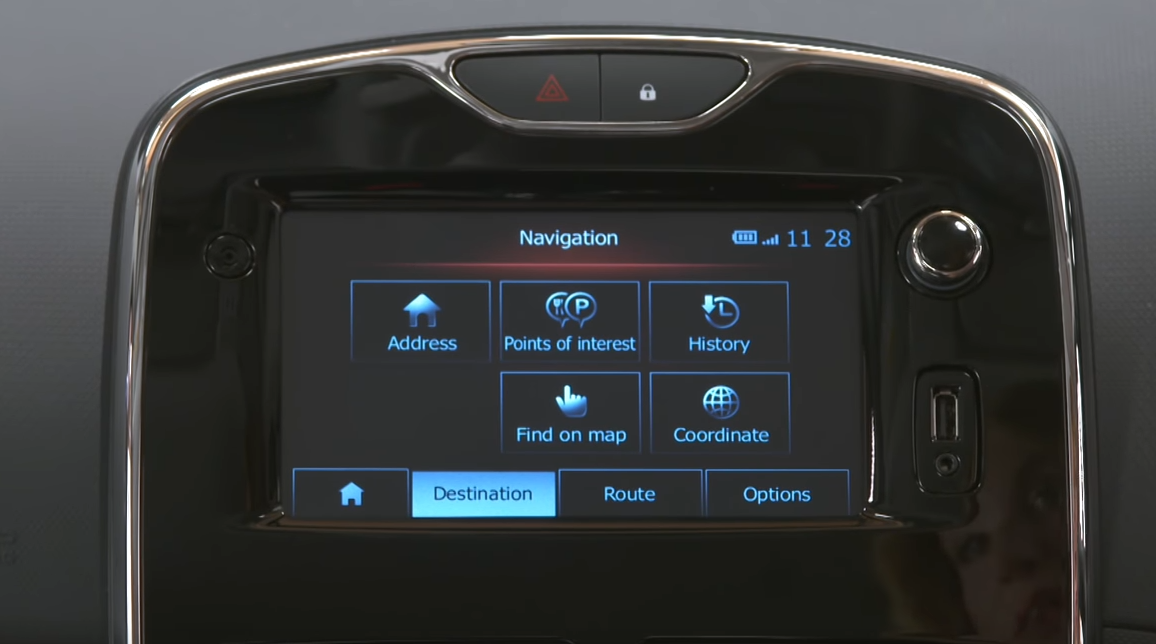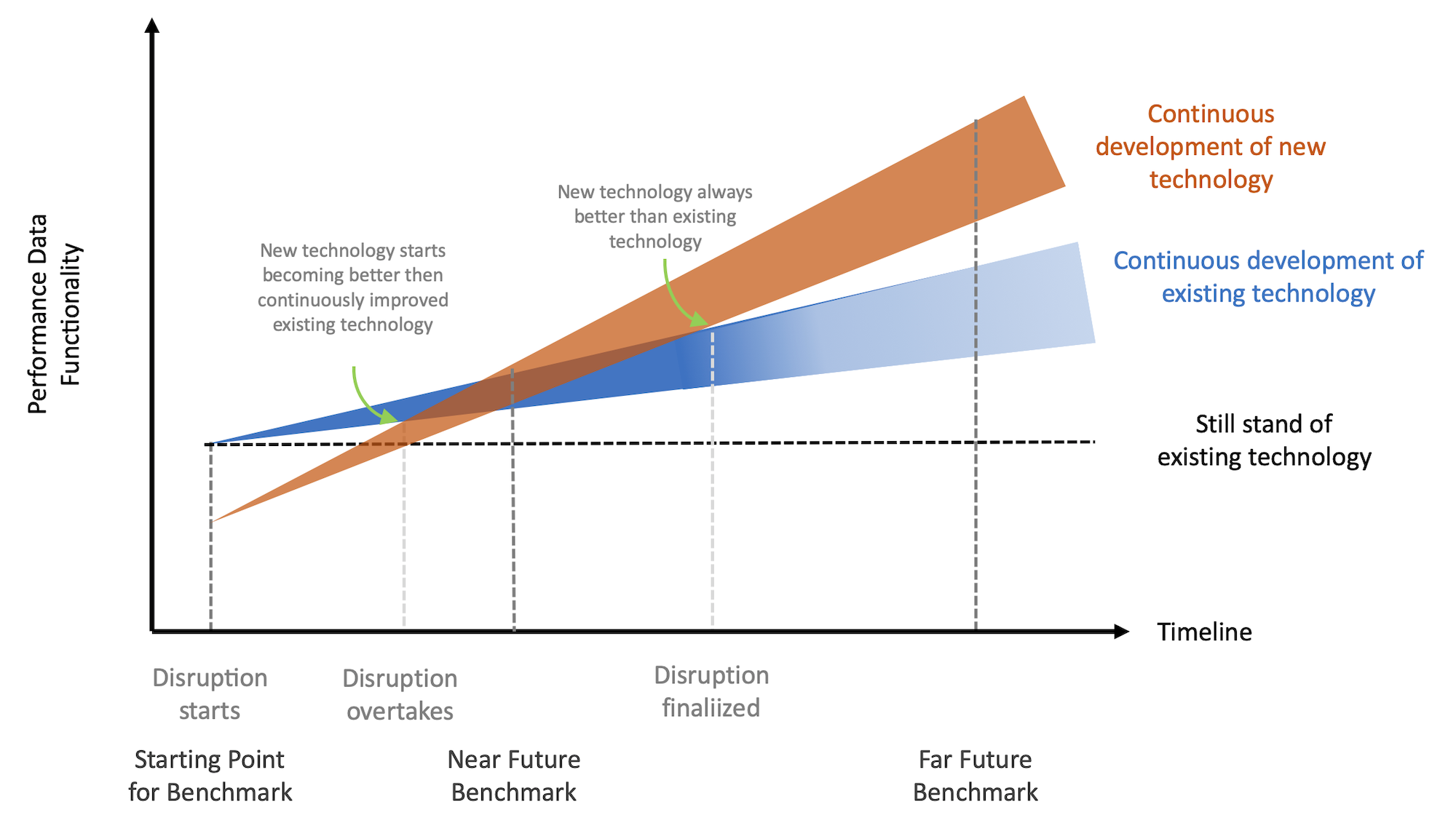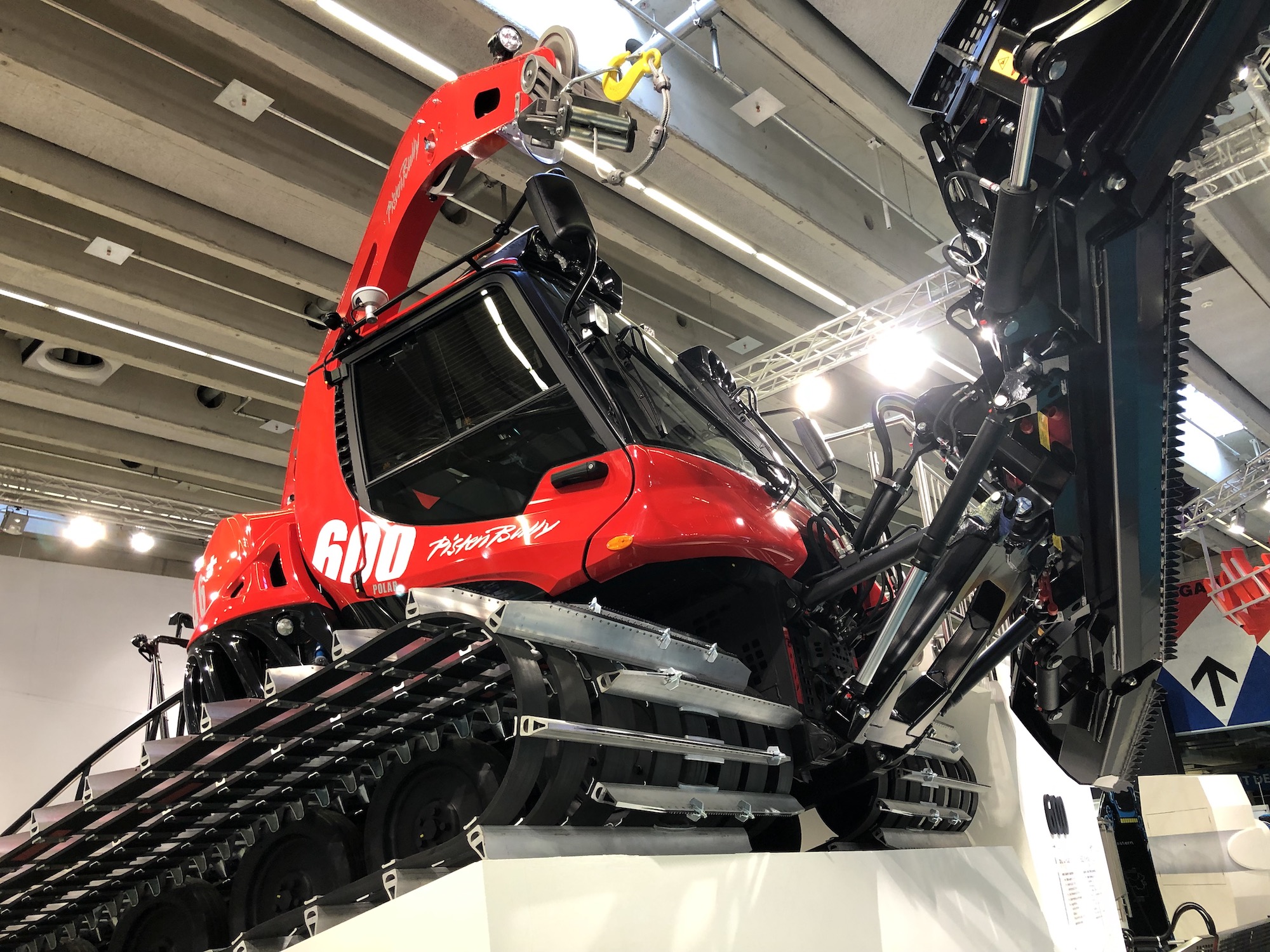
Category: Digital, Foresight Thinking
Jun 9
Between physical quality and digital necessity
A number of talks and workshops took me the entire May to Europe. I even “had to” travel to France and Majorca. While I normally use trains, and for longer distance planes, this time I needed to rent cars, and that even three times. Twice I got a Nissan Qashquai SUV, and once a luxurious Renault Talisman. Not that I had asked for or selected them, it was just what the rental car companies gave me.
Both vehicle types didn’t have much to complain about, the Renault even gave the feeling of a luxurious car. But what I struggled with was the digital quality of the cars. Both had their own versions of the ubiquitous TomTom navigation system, and none of them was usable. Multiple times during my rental period I tried to enter a specific address or search for a point of interest in the complex entry forms, and it was always for naught. Either the system didn’t find the specific address, or it directed me to a very different point of interest in a country 200 kilometers away, and that just because I used the term cathedral instead of basilica.

Renault Navigation System
At the end of each try, each of which cost me at least five minutes, I ended up whipping out my iPhone using Google Maps. Within five to six keystrokes I was on the road.
The feeling of the device making you feel dumb
Those experiences left me with a bitter aftertaste. A car, or generally, a device aimed at consumers, that is so difficult to use that it gives them the feeling of being stupid, fails in its task. Especially, when there are examples that are doing it much better. For 14 years there is now Google Maps using one entry field only, with a simple navigation, and 14 years automakers and navigation system manufacturers have been unable to create their own system with such an ease-of-use? Especially when navigation through control elements in a vehicle have to be so intuitive and simple that they are not distracting from the original task: driving.
It is possible to do it better, and Tesla – again – demonstrates that. Their user interface for the navigation system is one field. And here comes the dissonance of the understanding in what’s important according to traditional manufacturers, and what customer deem important. What’s the value of great manufacturing quality of the vehicle and thee stitching in tthe leather seats, when I feel thrown back into stone age as soon as I touch the navigation system? Just because TomTom proposes – according to studies from the manufacturers – routes that are three minutes faster, I won’t have any gain when entering the address takes me five minutes and more.
when I get the feeling that I am dumb, because I can’t use the device – a device conceived for a regular consumer – without reading the voluminous instructions, I now know that it is not me who’s dumb, it’s the engineers and designers that failed big. Nowadays I get pretty angry at such failures that I abandon the device and go hunting for alternatives. For me that’s a personal insult coming from the company that created such a device and is heaving that on me.
When physical quality isn’t enough anymore
As a traditional manufacturer one’s safe haven is what you are good at, and that’s physical quality. And that’s where they start bringing arguments why this is important, and why – what they are not good at, a.k.a digital quality – is less relevant. Others thought so too, and went down in spectacular ways.
Kodak kept emphasizing how important the quality of the photographic paper is, and forgot that people didn’t want to wait until the film roll was developed in a remote laboratory, and that they didn’t want to pay for each picture separately, but that they rather sent low resolution digital pictures via email to their friends and family. Immediately, without a wait. Those needs trumped the desire for photo quality for regular customers.

Future Benchmarking: Development of existing and disruptive technologies
But we learned that the samee arguments that traditional manufacturers use against new technologies are often surpassed by a new reality. While initially new disruptive technologies tend to be worse than the old one, have fewer features, and don’t satisfy all demands, they tend to solve long-standing problems, which for some or most customers were so urgent that they accept the initial deficiencies. Over time those disruptive technologies add the missing features and offer a new understanding, how the new approach is more efficient, more comfortable, and allows higher productivity. The old technology starts its decline until it either vanishes or is condemned to an existence in a niche.
We are in the middle of a disruption between the physical and digital world, and even through the importance of the physical world may not decrease, the expectations for digital quality have increase so much that they trump the importance of physical properties.
Examples of digital quality expectations
I saw an example for that at the Interalpin 2019 in May in Innsbruck in the Austrian alps. This trade fair for makers of cable cars, snowcats, and snow cannons demonstrated the change impressively. While two years ago the “hardy” audience had mostly shown interest in properties such as pump pressures or horse powers of the said machines, this year they wanted to learn about the digital management of those machines with their digital dashboards and data analytics. Manufacturers without an offering couldn’t compete anymore, even if their devices’ physical properties were excellent.

The differences are not any more the gap measures, the horse power, the manufacturing quality of leather seats, but how the device handles digitally. Another example? The iPace, the first electric vehicle of the (formerly) British luxury car maker, did not only perform badly in a comparison with a Tesla Model X, but also had to – much to the chagrin and anger of the first owners – be recalled to the workshop, instead of updating the software – which is supposed to fix a software bug with the braking system – via internet. And all that seven years after Tesla had introduced over-the-air-updates.
Our problem is that we often go back to the the stuff that we are good at. And that’s what we are looking at. But that doesn’t count anymore, as the tired arguments at Kodak about photo paper quality fell on deaf ears of the consumer, because now they could share the digital low resolution images right away.
Summary
The highest quality of physical manufacturing of a (in fact) digital device – and nowadays we count to that besides smartphones and computer also for instance a car – becomes a side note, when the device is giving me the feeling that
- I am dumb,
- and I have to perform more or unnecessary steps to use it.
As much as I like it using an old Polaroid camera out of curiosity and for the fun of it (as it happened recently to me in a hotel in Switzerland that provided Polaroid cameras for their guests), or as much as I enjoy browsing page by page through an old photo album, in my daily routine I will use my smartphone. And I don’t want to go back. Digital quality, function, and comfort have surpassed the physical quality of their predecessors.
This article was also published in German.

Recent Comments